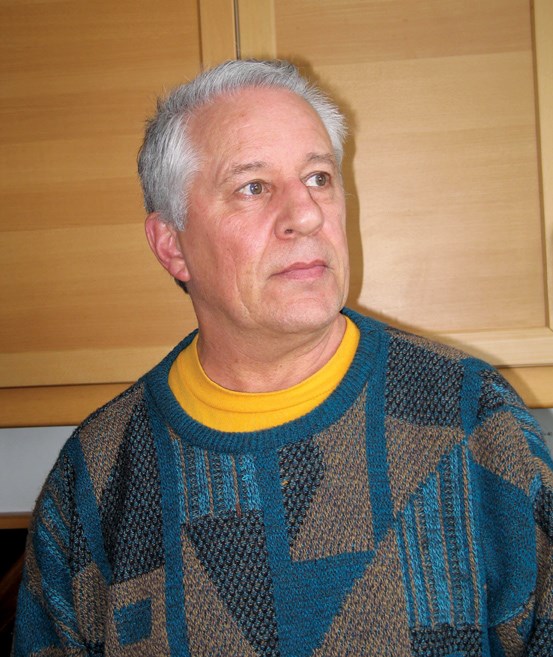Artist and film-maker Sarama has seen a world that most of us will never experience – and it begins just down the street from his Gibsons home. It is the vast underwater world of the Salish Sea that stretches from Puget Sound in the U.S. north to Quadra Island. Seven million people live around this body of water that harbours rich productive ecosystems, from the microscopic plankton to the giant octopus and whales.
Sarama’s film, This Living Salish Sea, was over four years in the making and will have its world premiere in Gibsons on Monday, June 26, presented by the Green Films Series.
The process has changed him. “I’m not the same person who started the film,” he said.
When he set out to make the film back in 2013, Sarama wanted to offer a documentary about the life and beauty of the sea and the threats that this body of water was facing from industrial development, specifically the Kinder Morgan pipeline, thermal coal shipments and the proposed LNG project.
“I knew the problems, I knew the story I had to unfold,” he said. “I knew the challenges I had to deal with, but I didn’t know what I would find along the way. I just started filming.”
Most of the footage is by Sarama and takes place underwater or near water. Growing up a farm boy, he snorkelled in Okanagan Lake as a kid and began scuba diving at the age of 16. He has dived in many of the world’s oceans – off Thailand, Chile and the Caribbean – for the past 40 years. He is also able to free dive, holding his breath as he swims in the waters around Gibsons, and he used this quiet technique that doesn’t scare the fish while making a short film about Gospel Rock.
Because there had to be truth as well as beauty in the film, he presented factual evidence by interviewing those knowledgeable on the area, scientists and an oyster farmer. It took him two years to shape the story with funds coming out of his own pocket. Donations from supportive friends and allies through crowd funding helped with expenses. The focus kept changing as new threats to the environment were announced and new actions were taken, including anti-pipeline protests and a healing walk through the Alberta oil patch wasteland.
It was a painful, torturous editing process, he said (more than 350 hours of film were shot), and when the first draft was ready, he invited a group in for a feedback session. Though the critique was positive, there was one aspect he had to change: “This is your story,” they told him. Actor Colleen Elson had been the narrator, and Sarama was pleased with her role, but he realized that the film had to be more personal, in his own voice. After more painful rewriting to make a first person narrative, the film was finally finished. He’s happy that it includes both the life and beauty of the sea and a presentation of its threats. He would have liked to include solutions – what we can do – but that would make a much longer film and possibly the makings of a second film.
There are so many changes in the way we can solve these problems, Sarama noted. When the film is presented on June 26 at the Heritage Playhouse in Gibsons, at 7:30 p.m. (with a second screening on June 27 now added), he will allow time for the discussion he hopes it will generate.
For more information, see www.livingsalishsea.ca where you can reserve a seat. Admission is by donation.



